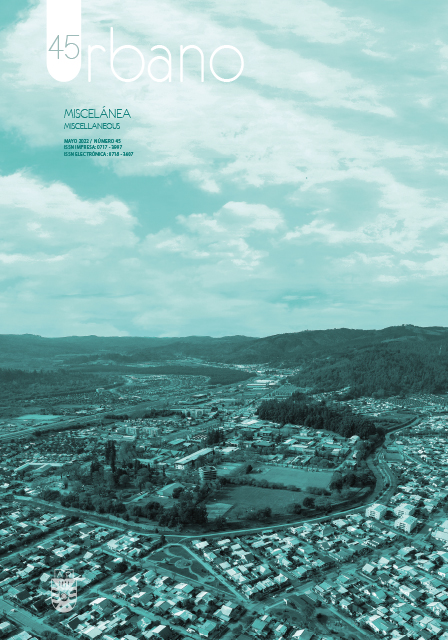Territory and sustainability in the framework of Chilean public universities
DOI:
https://doi.org/10.22320/07183607.2022.25.45.00Keywords:
-Abstract
What role should Chilean State Universities play in their territories? The social uprising, Covid-19, along with natural disasters like the 2010 earthquake, remind us that global phenomena have serious repercussions on the local sphere and that it is on this scale where security and resilience to change need to be generated to overcome major catastrophes, to face the challenges of our cities, and to provide local endogenous development and quality of life for those living there.
Specifically, the Law on State Universities, 21.094 of 2018, reminds us that these institutions must contribute to the sustainable development of the country and the progress of society in the diverse areas of knowledge and culture. This law put on the table several challenges for the comprehensive transformation of Chilean universities. Among them, is that of strengthening their role as generators of knowledge and human capital, to contribute to the local development of their territories from the perspective of sustainability. This challenge implies rethinking, first, what the current society, with whom we have to jointly generate the transformations, is like, and second, what the local and nationwide challenges to target are, always from a sustainability approach.
Downloads
References
-
Downloads
Published
How to Cite
Issue
Section
License
Copyright (c) 2022 Ana Zazo-Moratalla

This work is licensed under a Creative Commons Attribution-ShareAlike 4.0 International License.
The content of articles which are published in each edition of Habitat Sustentable, is the exclusive responsibility of the author(s) and does not necessarily represent the thinking or compromise the opinion of University of the Bio-Bio.
The author(s) conserve their copyright and guarantee to the journal, the right of first publication of their work. This will simultaneously be subject to the Creative Commons Recognition License CC BY-SA, which allows others to share-copy, transform or create new materials from this work for non-commercial purposes, as long as they recognize authorship and the first publication in this journal, and its new creations are under a license with the same terms.![]()























